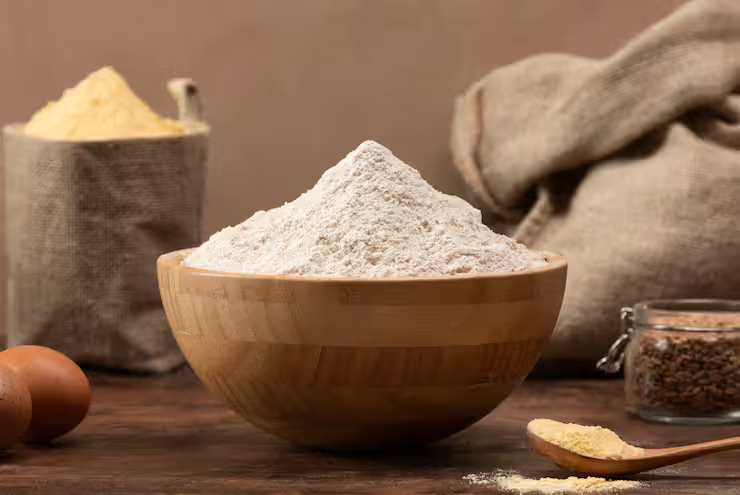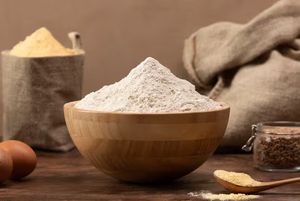Complete Guide to Choosing the Right RDP Powder Supplier for Your Projects
Redispersible polymer powder (RDP) is a free-flowing, white powder that is created through spray-drying of polymer emulsions. When mixed with water, it redistributes back into a polymer emulsion with properties similar to the original liquid.
RDP powders are widely used in the construction industry, particularly in:

-
Tile adhesives
-
Mortar formulations
-
External insulation systems
-
Self-leveling compounds
-
Plastering and repair products
The purpose of using RDP powder is to improve flexibility, adhesion, water resistance, and workability of construction mixtures. Suppliers and factories specializing in RDP production play a crucial role in ensuring consistency and quality in building materials.
Importance – Why RDP powder suppliers matter today
The construction industry has been shifting toward sustainable, efficient, and high-performance materials. RDP powder is an important additive because it:
-
Enhances the durability of construction products
-
Reduces cracks caused by shrinkage or movement
-
Improves adhesion between different materials
-
Provides water resistance in areas prone to moisture
-
Enables energy-efficient insulation systems
For contractors, manufacturers, and distributors, choosing the right RDP powder supplier or factory ensures long-term reliability and compliance with industry standards. Poor-quality powders can compromise building performance, leading to costly repairs and safety issues.
Recent Updates – Trends and industry changes
In the past year, several developments have shaped the RDP powder market:
-
Sustainability Focus (2024–2025): Factories are moving toward eco-friendly production methods, using renewable energy and reducing carbon emissions.
-
Rising Construction Demand: Growth in urban housing and infrastructure in regions like Asia-Pacific and the Middle East has increased demand for RDP-based materials.
-
Innovation in Blends: Manufacturers are introducing customized powder blends tailored for insulation, waterproofing, or high-flexibility requirements.
-
Price Fluctuations: Raw material costs, particularly vinyl acetate monomer, have led to changes in RDP pricing across global markets.
A simplified view of demand growth (2020–2025 estimate):
| Year | Global Demand (KT) | Growth % |
|---|---|---|
| 2020 | 235 | – |
| 2022 | 268 | +14% |
| 2025 (est.) | 320 | +19% |
This shows steady adoption of RDP in construction worldwide.
Laws or Policies – Regulations influencing RDP powder
RDP suppliers and factories must comply with international and national regulations to ensure product safety and environmental responsibility:
-
EU REACH Regulation: Requires registration and evaluation of chemicals to ensure safe use.
-
ISO Standards (e.g., ISO 9001, ISO 14001): Many factories follow these for quality and environmental management.
-
Green Building Certifications: LEED and BREEAM certifications encourage the use of eco-friendly additives like RDP in construction.
-
Local Construction Standards: Countries such as India, China, and Germany have their own codes that define material requirements for adhesives and mortars.
Factories that align with these policies often gain better credibility and long-term partnerships.
Tools and Resources – Helpful references
For professionals, the following tools and resources can support decisions related to RDP powder suppliers:
-
Material Safety Data Sheets (MSDS): Essential for understanding chemical safety.
-
Product Databases: Global chemical supplier directories like ChemNet or Alibaba for sourcing.
-
Performance Testing Tools: Adhesion testers, tensile strength meters, and durability analysis software.
-
Industry Associations: World Cement Association, Construction Chemicals Associations for networking and compliance updates.
FAQs
Q1: What is the main function of RDP powder in construction?
RDP improves adhesion, flexibility, water resistance, and durability of cement-based and gypsum-based mixtures.
Q2: How is RDP powder different from regular polymer emulsions?
RDP is a dry, free-flowing powder that can be stored and transported easily. When mixed with water, it behaves like liquid polymer emulsions.
Q3: What industries rely on RDP powder the most?
Construction, adhesives, flooring, insulation, and restoration industries are the main users.
Q4: What factors should be considered when selecting an RDP supplier?
Key factors include product consistency, compliance with international standards, delivery reliability, and technical support.
Q5: Is RDP powder safe to use?
Yes, when handled properly with protective equipment. Suppliers provide MSDS sheets that outline safe handling practices.
Final Thoughts
RDP powder has become a cornerstone in modern construction due to its ability to improve the performance of mortars, adhesives, and coatings. Choosing the right supplier or factory is essential for ensuring quality, safety, and compliance with international standards.
As the construction sector continues to expand and sustainability becomes a top priority, reliable RDP suppliers will play a central role in shaping the future of building materials. Companies, contractors, and distributors can benefit by staying updated on new trends, understanding regulatory frameworks, and leveraging trusted resources to make informed choices.






